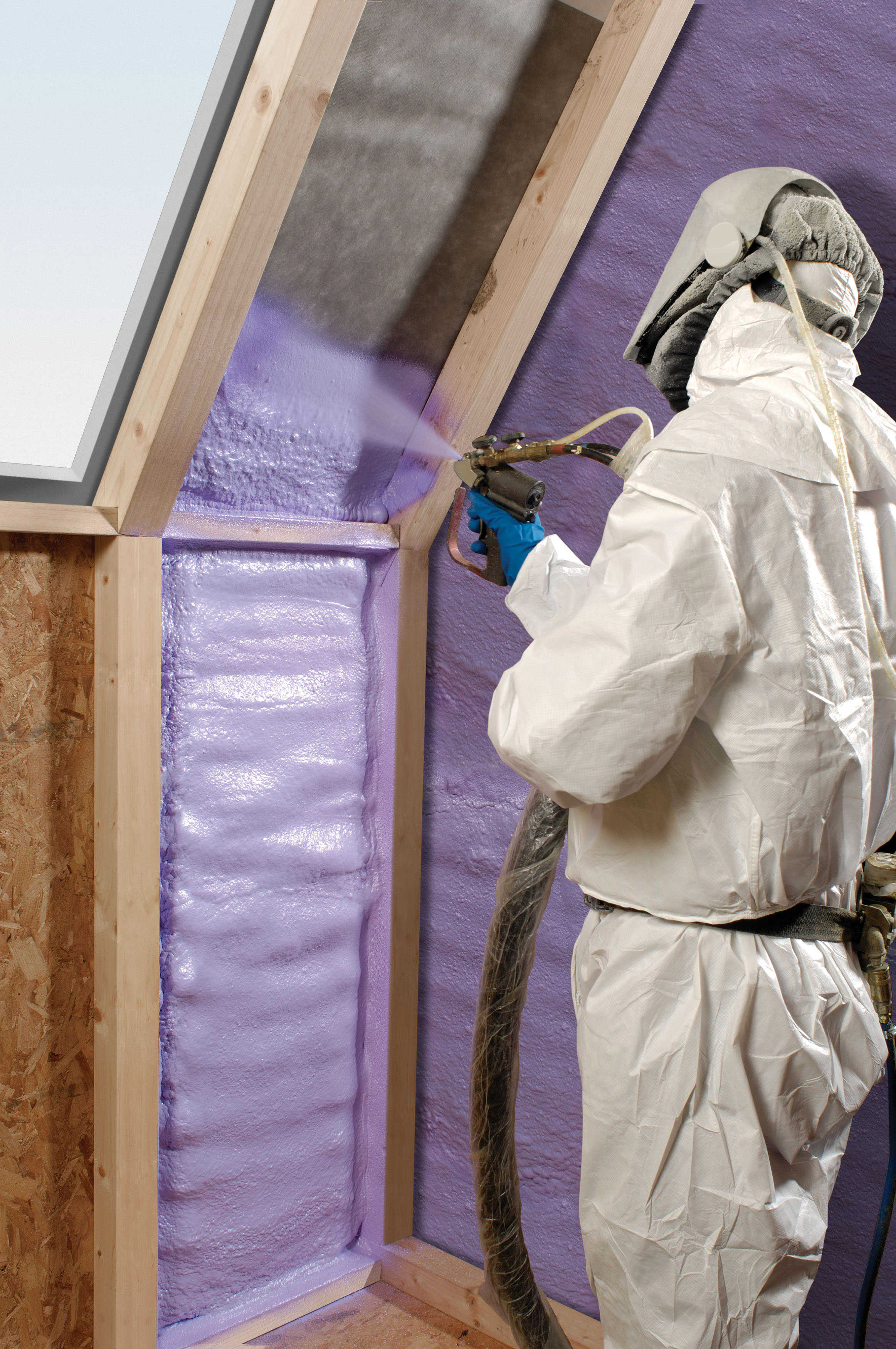What is Foam Roofing?
We've had a few customers recently tell us about their installations on Foam Roofing. Always being the curious type, and having relatively little experience with the material, I decided it would be fitting to write up an article on it!
Perhaps you've installed solar on this type of roof, or you're interested in expanding. Maybe you're a roofer who just wants to add this type of roofing to your arsenal. Whoever you are, I'll share my research findings below on the foam roofs we've been hearing all about.
What Are Foam Roofs Made From?
Foam roofing is in general self-explanatory - roofing material made from foam. But what is it made of chemically? Is it soft like a pillow or a mattress? Is it tough, or brittle?
These are the questions that came to mind from my initial position of ignorance. Rubber roofing can be squishy, is foam roofing the same? After some research, I find the answer I was looking for. In part, the video below helped a lot.
The majority of foam roofs are composed of a material called "Spray Polyurethane Foam" or SPF for short. This is typically composed of a combination of two chemicals, we'll let Wikipedia explain more below.
Spray foam is a chemical product created by two materials, isocyanate and polyol resin, which react when mixed with each other and expand up to 30-60 times its liquid volume after it is sprayed in place. This expansion makes it useful as a specialty packing material which forms to the shape of the product being packaged and produces a high thermal insulating value with virtually no air infiltration. - Wikipedia
SPF is essentially the same exact material as the foam you see used on the interior of buildings for insulation. When used for roofing the foam is not usually purple (see below) but it is tough, high-density, closed-cell foam.

Those characteristics are especially important for exterior use and dissimilar to the softer low-density, and open-celled characteristics of memory foam found in bedding. Obviously, soft foam like the kind found in pillows and mattresses would pose structural problems for the roof so that was always less likely. The MyPillow guy doesn't mind though.

Sure, there are other spray foams made of different chemical compositions people use in roofing but at the end of the day, it's all sprayed foam. So the pros and cons are about the same. Let's go over those below!
Benefits of Foam Roofing
As far as the installation process goes, Spray Foam is pretty straightforward. The process, in general, has three steps:
- Clear the substrate of any dirt or debris
- Apply the foam
- Apply silicone or elastomeric topcoat for further protection
One of the main reasons people opt for SPF is the ease of application: the material is sprayed onto roofs. That sort of application process comes in handy if you're installing over existing roofing material, when you need to build up areas, and when you need to make repairs.
Find that water stands in a specific area? Boom. Spray some more foam. A biblical hail storm knock out some chunks of the roof? Boom. Spray-fill the damaged cavities.
Compared to tar this application certainly sounds easier. You won't have to deal with the already increased temperatures up on the roof plus a blowtorch, you just have to deal with the wind. We'll cover that in the drawbacks next.
Another benefit is the impressive insulation R-value. Foam is used insulating buildings already, so imagine if your roof is built out of that. With that in mind, adding solar to SPF can be a two-pronged approach to lower your energy bills by insulating the home better, and generating energy from the glorious sun.
Drawbacks of Foam Roofing
For all its merits, foam roofing isn't perfect. But what roof material is? There are a few drawbacks that make installation unique and could complicate solar installation.
If we get more granular, the installation process for foam roofing does in fact contain more steps. Primarily, you need to manage wind on the roof so that the foam is applied properly to the correct areas, and so that you aren't raining foam onto parking lots and surrounding infrastructure.

Installers must use a portable curtain/box to catch all runaway spray to prevent spreading it on unintended surfaces.
By extension, it cannot easily be installed in windy, rainy, or cold weather. That eliminates a significant timeframe in a large portion of the United States. Dang.
What About Solar Installation?
Actually installing solar on foam roofs isn't too different from other commercial materials like rolled rubber roofing, for example. Because the roof is built up by the substrate and then the foam, you can easily mount over existing roofs, and spray on additional foam as needed.
Foam roofs are especially popular in high-temperature climate zones because of their insulating properties. Regions like Arizona, Texas, and other high plains or desert ecosystems take advantage of foam roofing.
If you're looking for mounting solutions, or more information on foam roofs go ahead and give us a call anytime. We're happy to answer your questions about mounting solar on those or any other type of roof for that matter!
